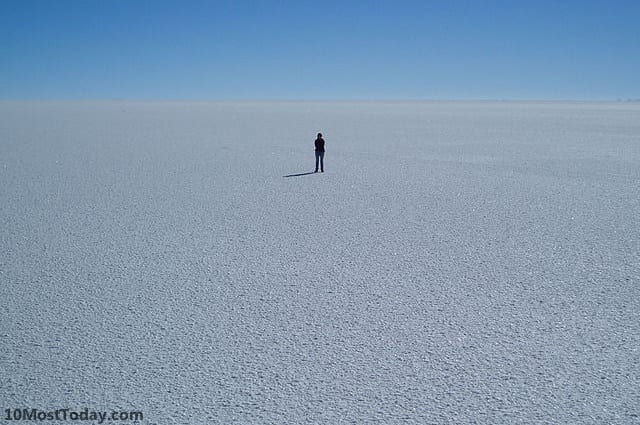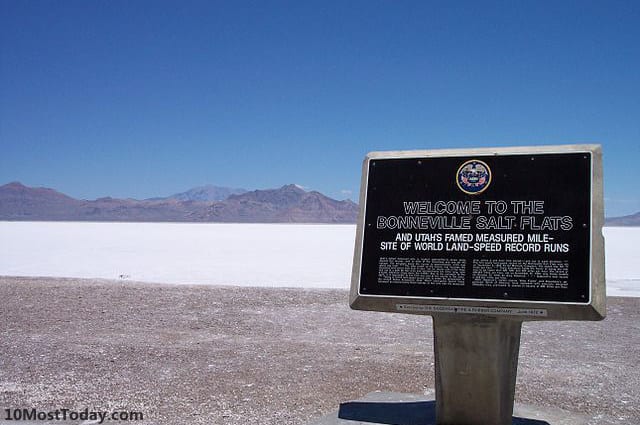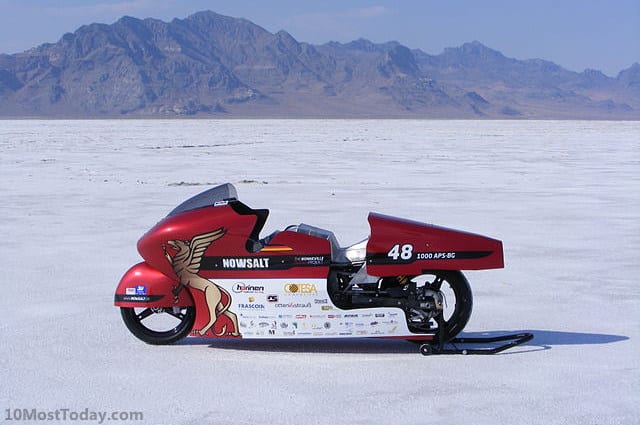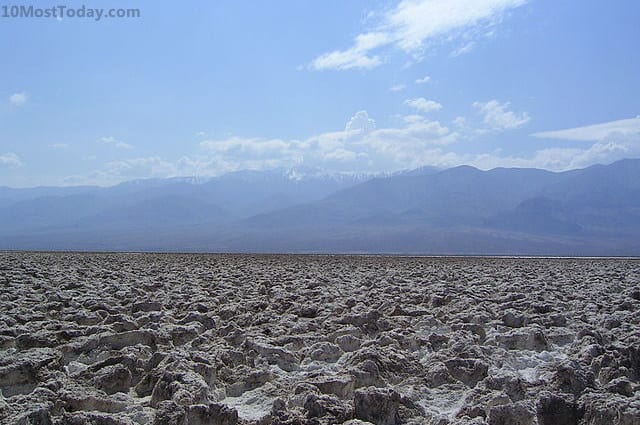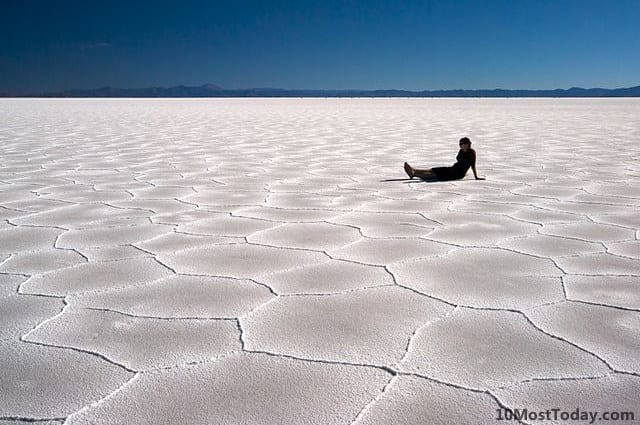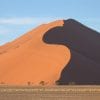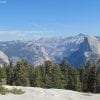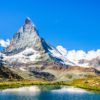Salt pans, salt flats or salt deserts are natural areas in which the ground is covered with salt and other minerals. These flats are formed naturally over thousands of years where water evaporates from a lake or another body of water. Salt flats can be found all over the world, and besides being a breathtaking sight, they often used by tourists to take forced perspective photos, as discussed lengthy in a previous post.
1. Salar de Uyuni, Bolivia
At 10,582 km2 (4,086 sq mi), the Salar de Uyuni is not only the most famous salt pan in the world, but also the largest salt pan in the world. The Salar de Uyuni is located in southwest Bolivia, at an elevation of 3,656 meters (11,995 ft) above mean sea level. The endless consistent white landscape and lack of reference points amazes and baffles visitors. The Salar de Uyuni contains between 50% and 70% of the world’s lithium reserves

Forced perspective photos in Salar de Uyuni, Bolivia (source: Evaneos.com @ flickr)
2. Bonneville Salt Flats, Utah, United States
The Bonneville Salt Flats are located not far from Salt Lake City. The 40 sq mi (104 km2) salt desert is a remnant of the Pleistocene Lake Bonneville and is the largest of many salt flats located west of the Great Salt Lake, which itself is the largest salt water lake in the Western Hemisphere. The Bonneville Salt Flats are best known for the motorcar racing that take place in the salt flats since 1914, in the part of the flats known as the Bonneville Speedway
3. Etosha pan, Namibia
Etosha means ‘Great White Place’ and the 4,800 km2 (1850 sq miles) area is indeed a huge white land. The huge salt pan is a dry lakebed in the north of Namibia, part of the Etosha National Park, one of Namibia’s largest wildlife parks
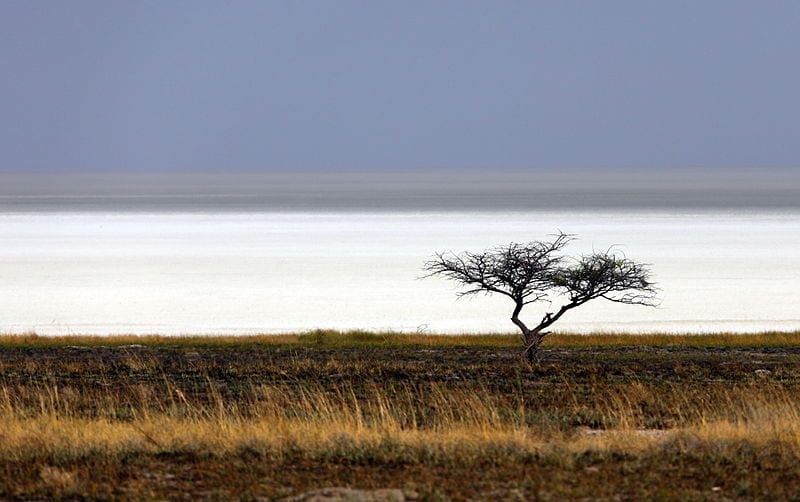
Most Amazing Salt Flats: Etosha pan, Namibia (source: Alchemist-hp – pse-mendelejew.de)
4. Devil’s Golf Course, Death Valley National Park, United States
Devil’s Golf Course the largest salt pan in the United States. It is located within the world famous Death Valley National Park, in California. The large salt pan got its colorful name from a line in the 1934 guide book of the National Park Service, that stated that “only the devil could play golf” on the rough terrain. The salt pan was once a lake that evaporated, and the minerals from the lake remain on the surface. According to researches, the salt layer is over 1,000 feet (300 m) and in places it could reach up to 9,000 feet (2,700 m)
5. Salinas Grandes, Argentina
The Salinas Grandes is the largest salt pan in Argentina and the second largest salt pan in the world, after Salar de Uyuni. The large salt pan covers an area of 6,000 km2 (2,300 sq mi). It is located in central-northern part of the country, at the foot of the Sierras de Córdoba mountain range
6. Chott el Djerid, Tunisia
Chott el Djerid is a large mostly dry salt lake in southern Tunisia. It is the largest salt pan of the Sahara Desert with a surface area of 5,000-7,000 km2. During the summer Chott el Djerid is almost entirely dried up and can be crossed by foot or car, but doing so is considered very dangerous as the salt crust can break. Chott el Djerid gained its world recognition when it was used as a filming location in the Star Wars series (here in the picture the Lars Homestead set from Star Wars)
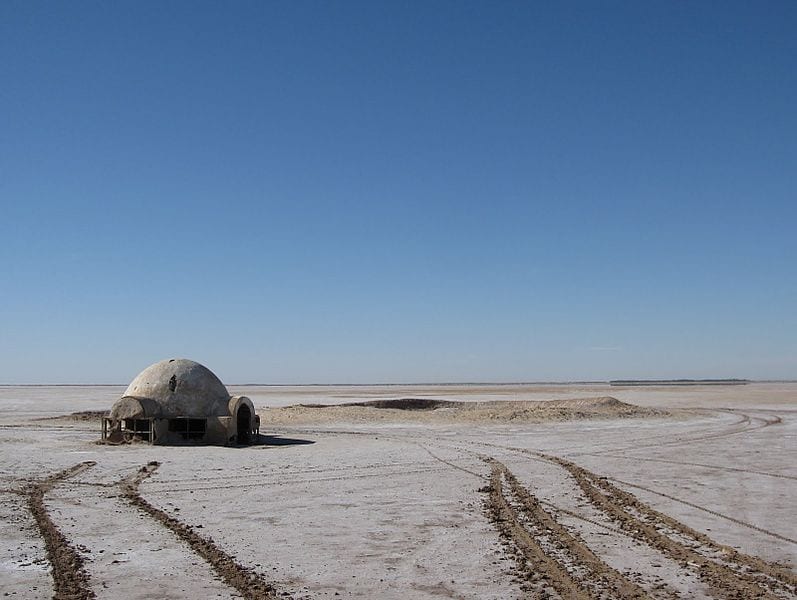
Most Amazing Salt Flats: Chott el Djerid, Tunisia (source: Stefan Krasowski)
7. Makgadikgadi Pan, Botswana
The Makgadikgadi Pan is one of the largest salt flats in the world. This salt pan was once a huge lake, which dried up several thousand years ago and left a large salt desert behind it. Technically speaking, the Makgadikgadi pan is not a single salt pan but rather many pans with desert sand between them. Most of the year the area is entirely dry and covered with a salty clay crust, but when it rains, water can accumulate on the surface and attract wildlife
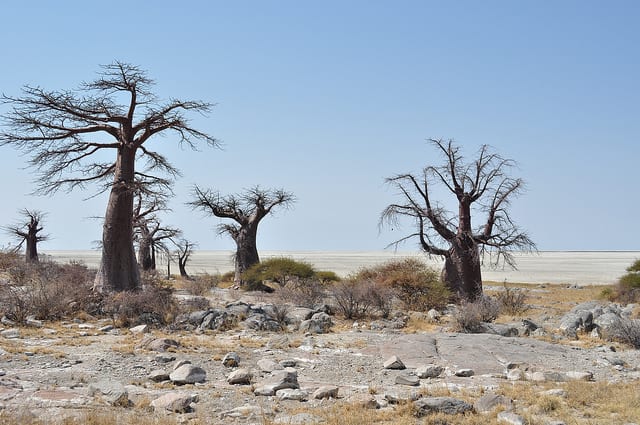
Most Amazing Salt Flats: Makgadikgadi Pan, Botswana (source: abi.bhattachan)
8. Salar de Arizaro, Argentina
Salar de Arizaro is a large salt flat in Argentina covering an area of 1,600 km² (617 sq mi). It is the second largest salt flat in the country after the Salinas Grandes. It is located in the Andes mountain range, north-western Argentina, near the border with Chile. The Cono de Arita is a 122 meters (400 ft) tall volcanic pyramid, that was once thought to have been man-made. According to archaeological remains found in the cone, the place was a ceremonial center before the arrival of the Incas
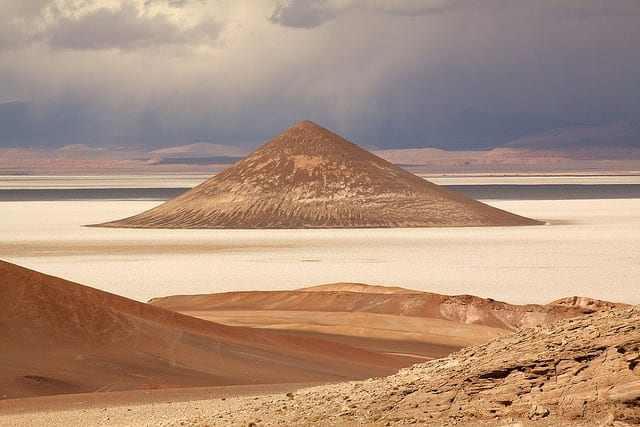
The Cono de Arita in Salar de Arizaro, Argentina (source: Ben Stubbs)
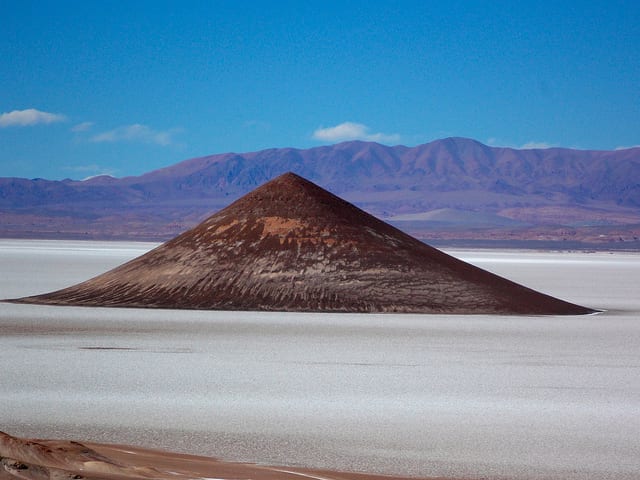
The Cono de Arita in Salar de Arizaro, Argentina (source: Ben Stubbs)
9. Salar de Atacama, Chile
Salar de Atacama is the largest salt flat in Chile, and third largest in the world (after Salar de Uyuni and Salinas Grandes), covering a land of 3,000 km2 (1,200 sq mi). This salt flat is located at a very high altitude of around 2,300 meters (7500 ft) above sea level. The Laguna Cejar is a small lake in the middle of the Salar de Atacama, and has a salt concentration high enough to allow a floating effect , similar to the Dead Sea in Israel and Jordan
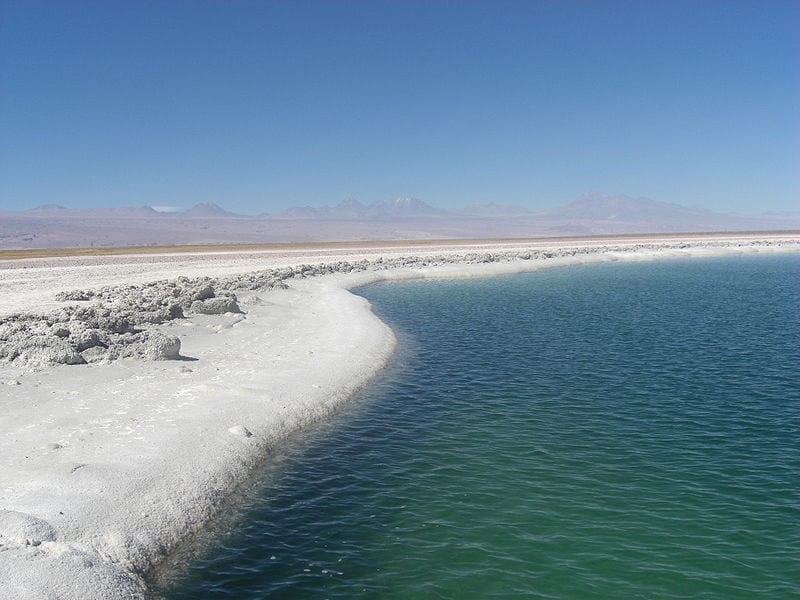
Laguna Ceja in the Salar de Atacama, Chile (source: Johan Bilien)
10. Namak Lake, Iran
Namak Lake is a salt lake located near the city of Qom. The surface of the lake is 1800 km² (700 sq mi) but it is almost entirely dry, with only about 1 km² (0.38 sq mi) with water, which has a depth of less than 1 meter (3.2 ft)
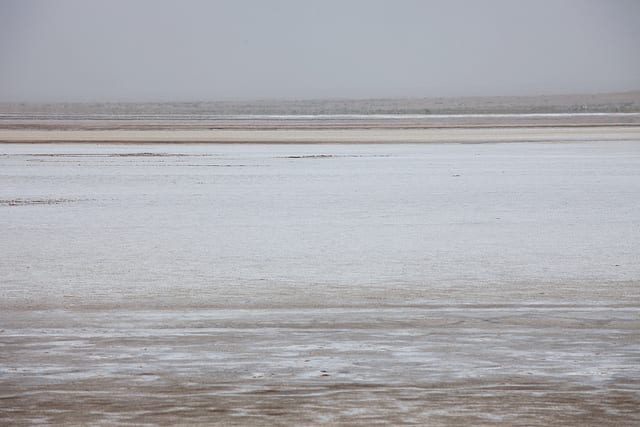
Most Amazing Salt Flats: Namak Lake, Iran (source: ninara)

